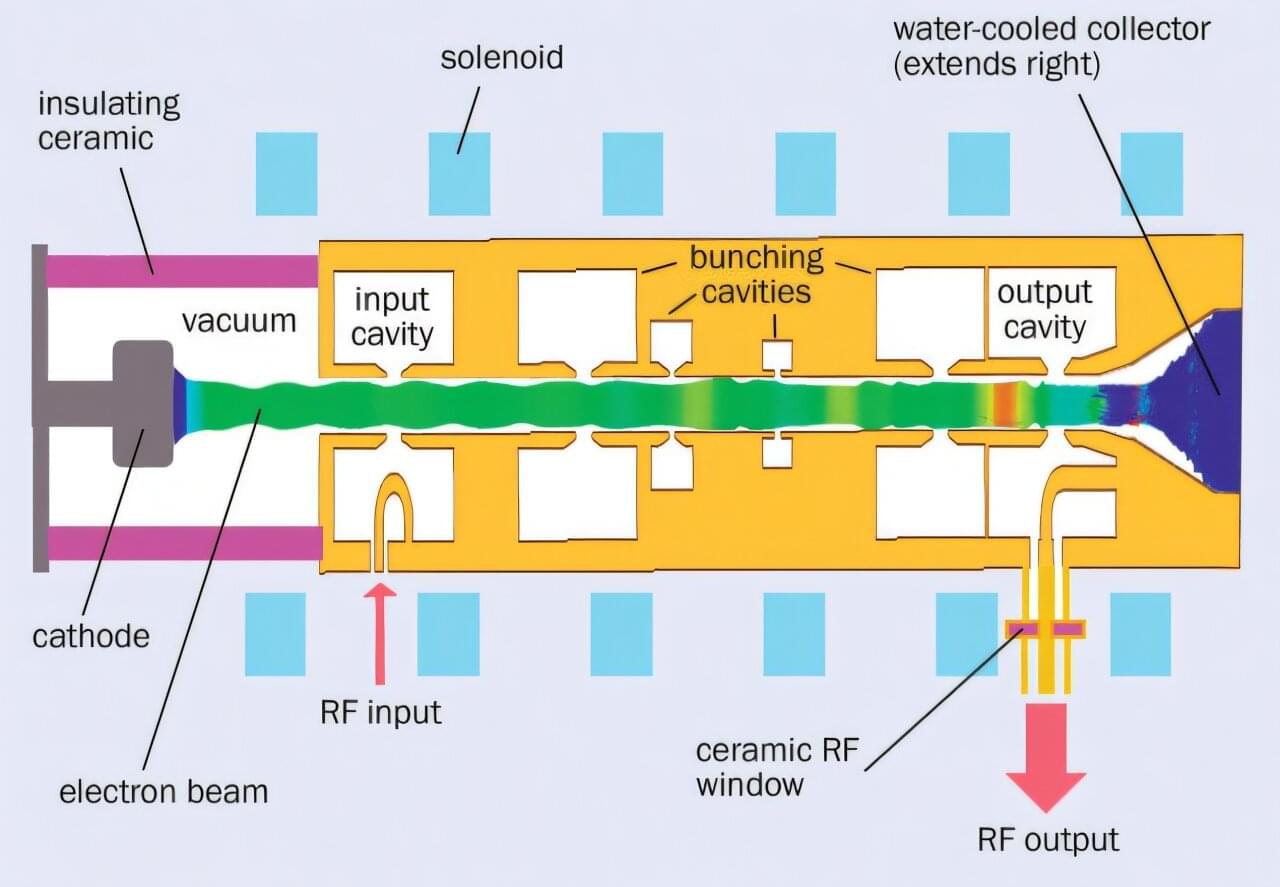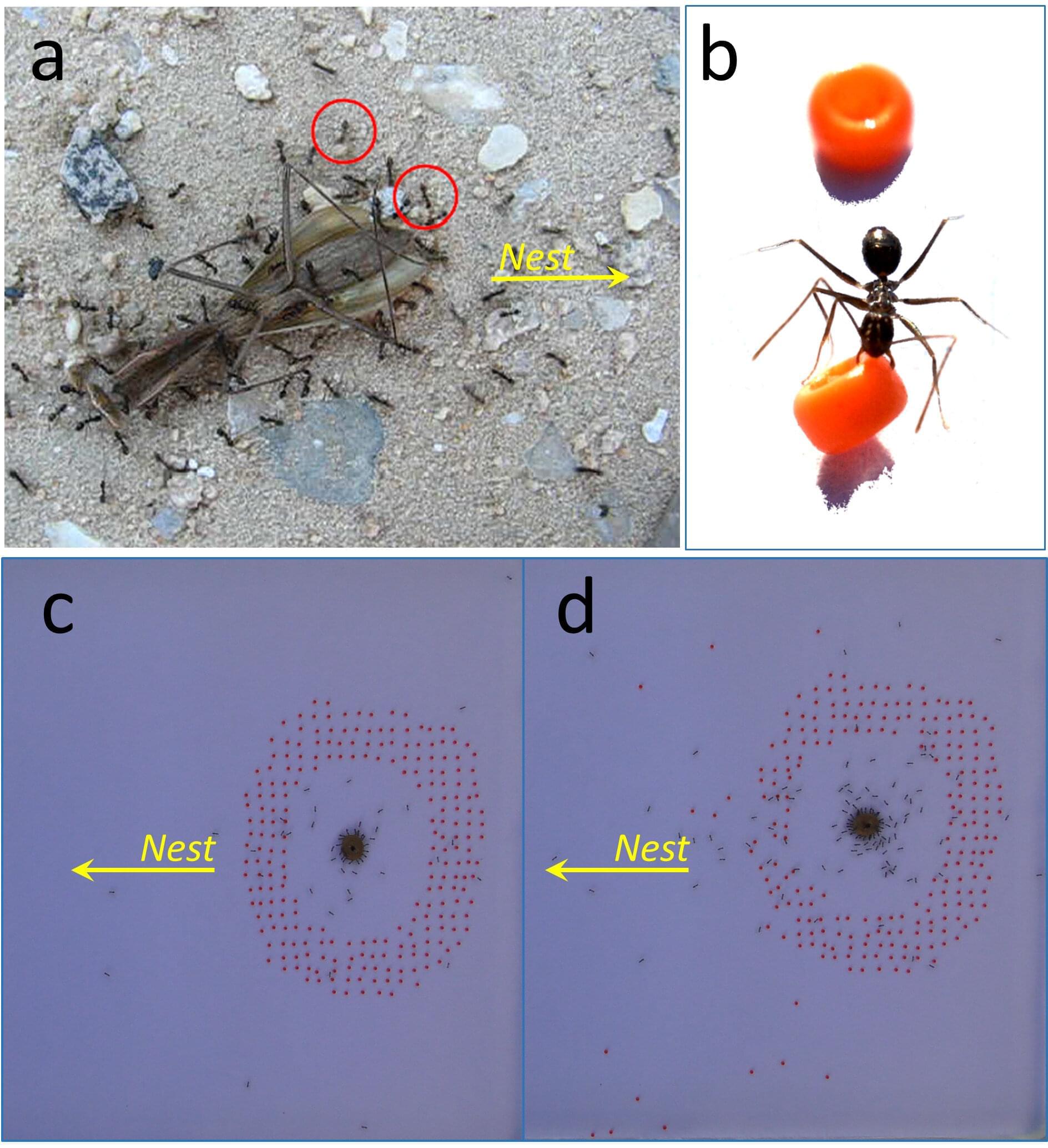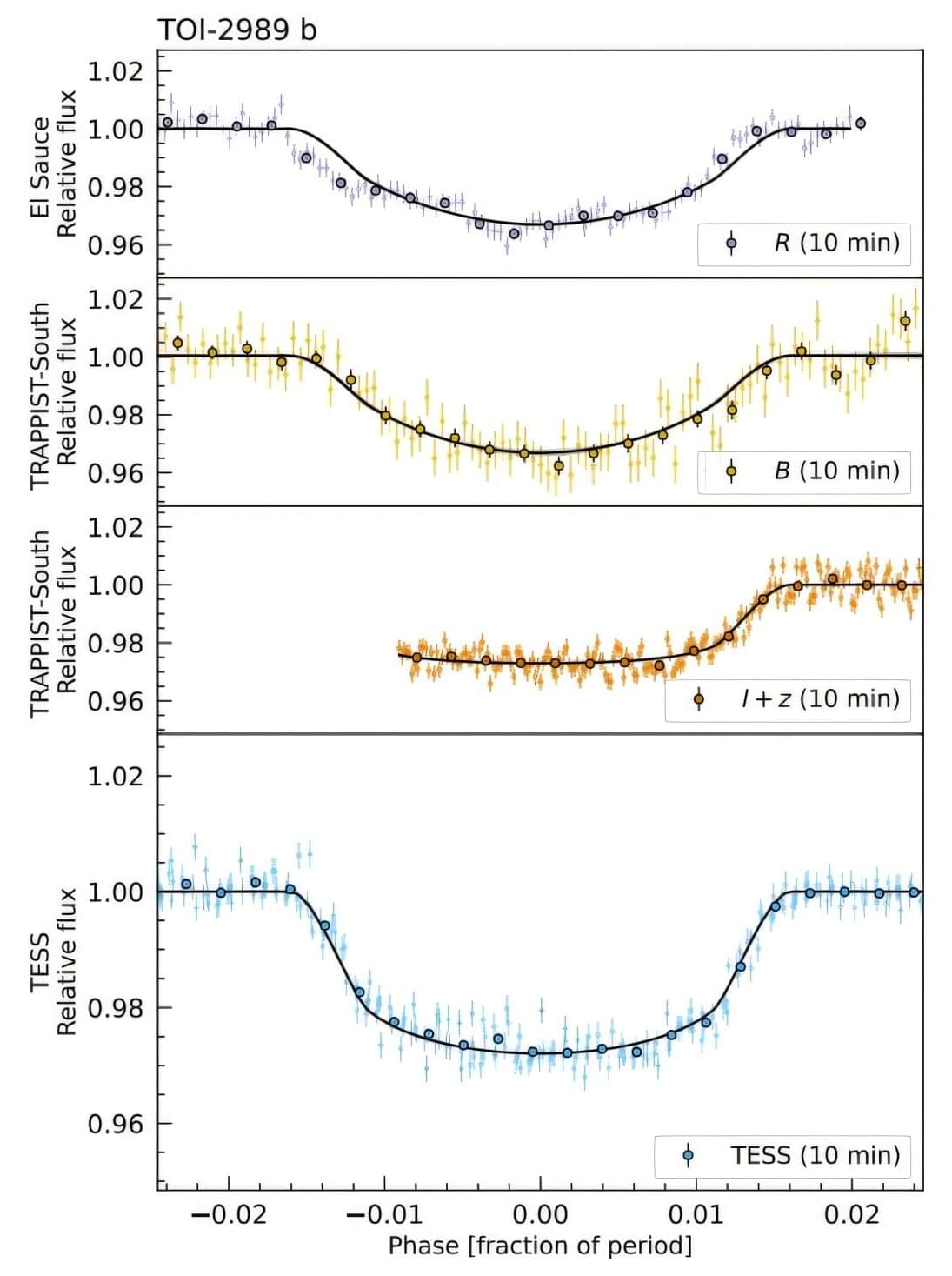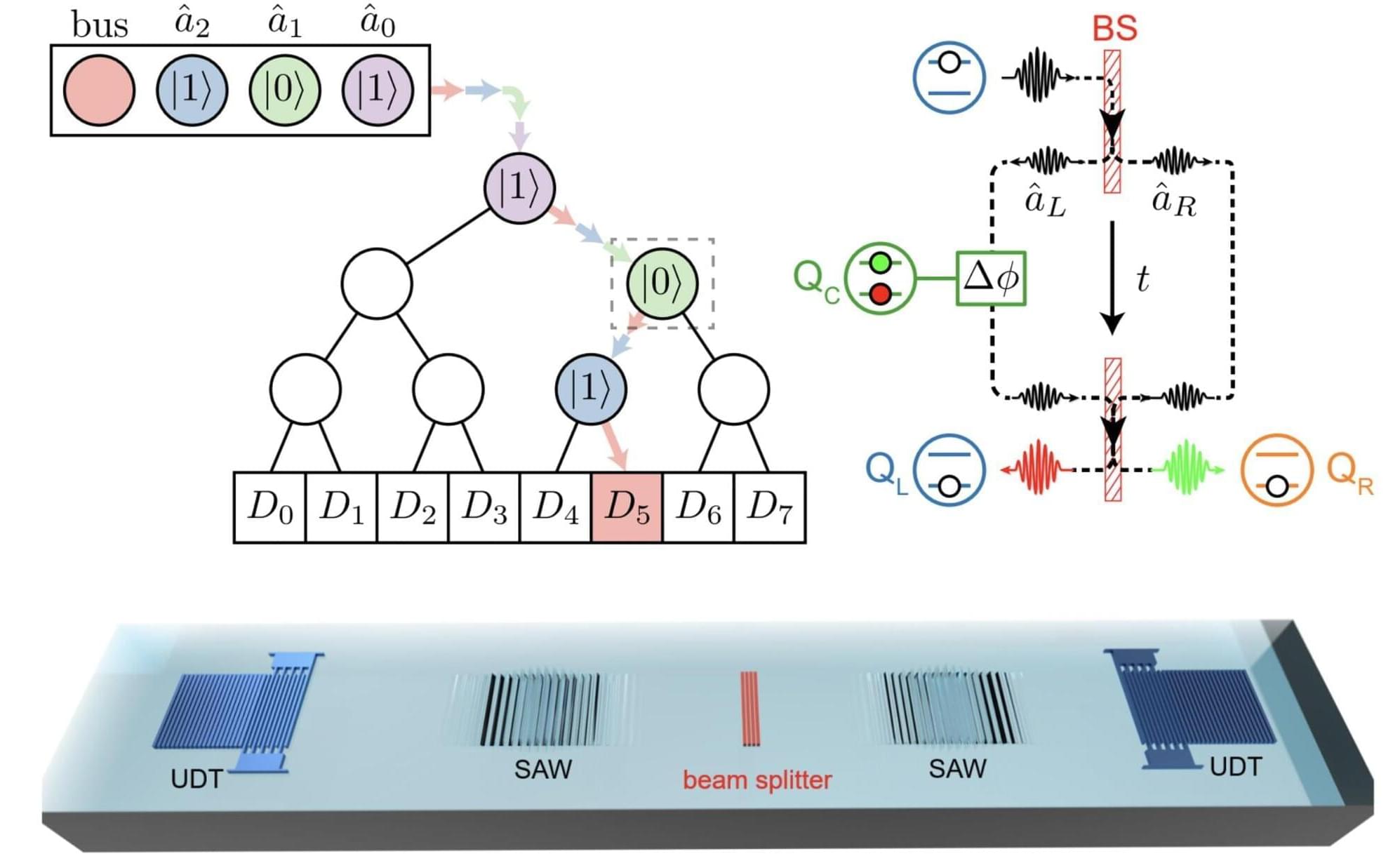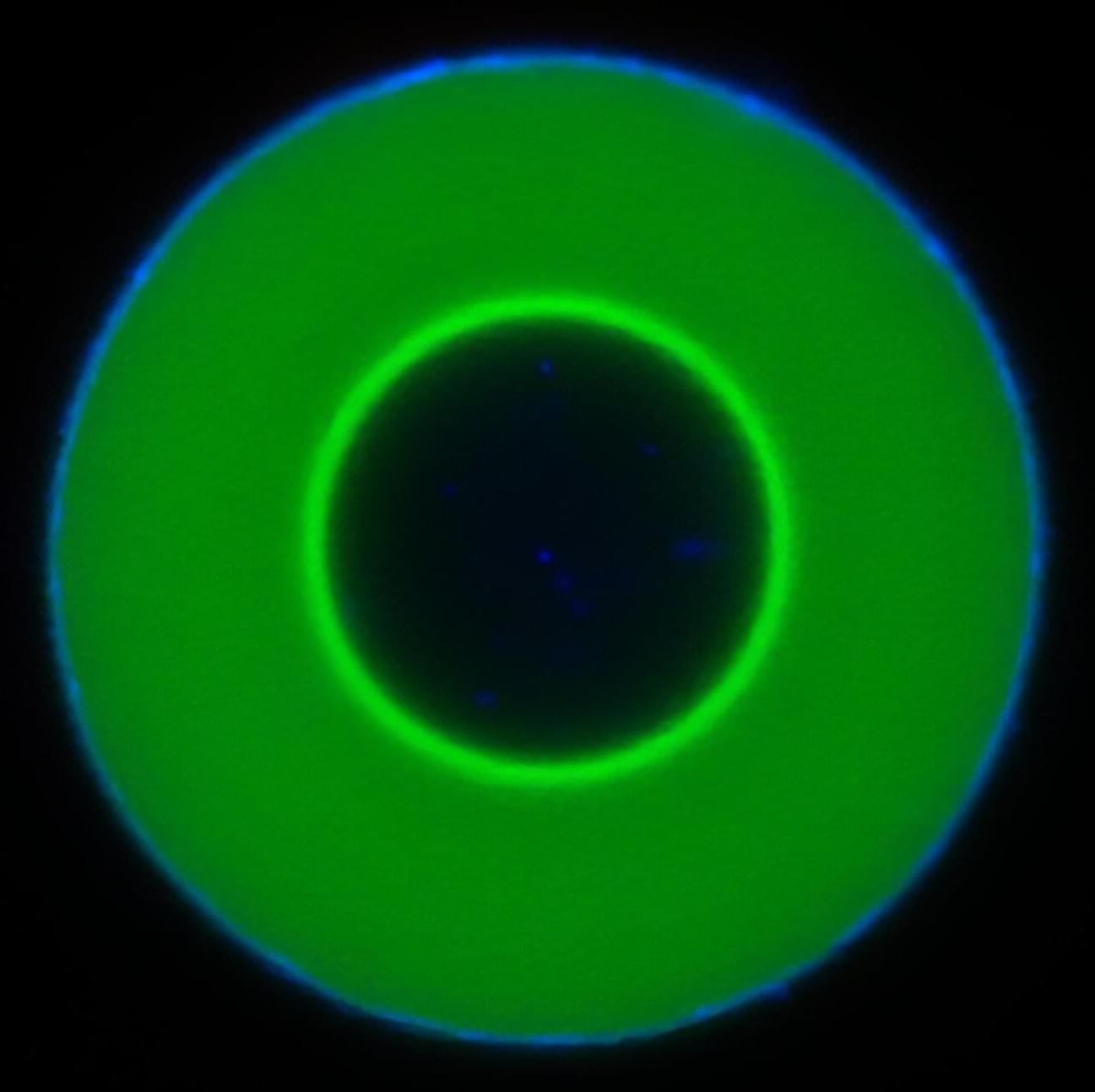The Higgs boson is the most intriguing and unusual object yet discovered by fundamental science. There is no higher experimental priority for particle physics than building an electron–positron collider to produce it copiously and study it precisely.
Given the importance of energy efficiency and cost effectiveness in the current geopolitical context, this gives unique strategic importance to developing a humble technology called the klystron—a technology that will consume the majority of site power at every major electron–positron collider under consideration, but which has historically only achieved 60% energy efficiency.
The klystron was invented in 1937 by two American brothers, Russell and Sigurd Varian. The Varians wanted to improve aircraft radar systems. At the time, there was a growing need for better high-frequency amplification to detect objects at a distance using radar, a critical technology in the lead-up to World War II.
